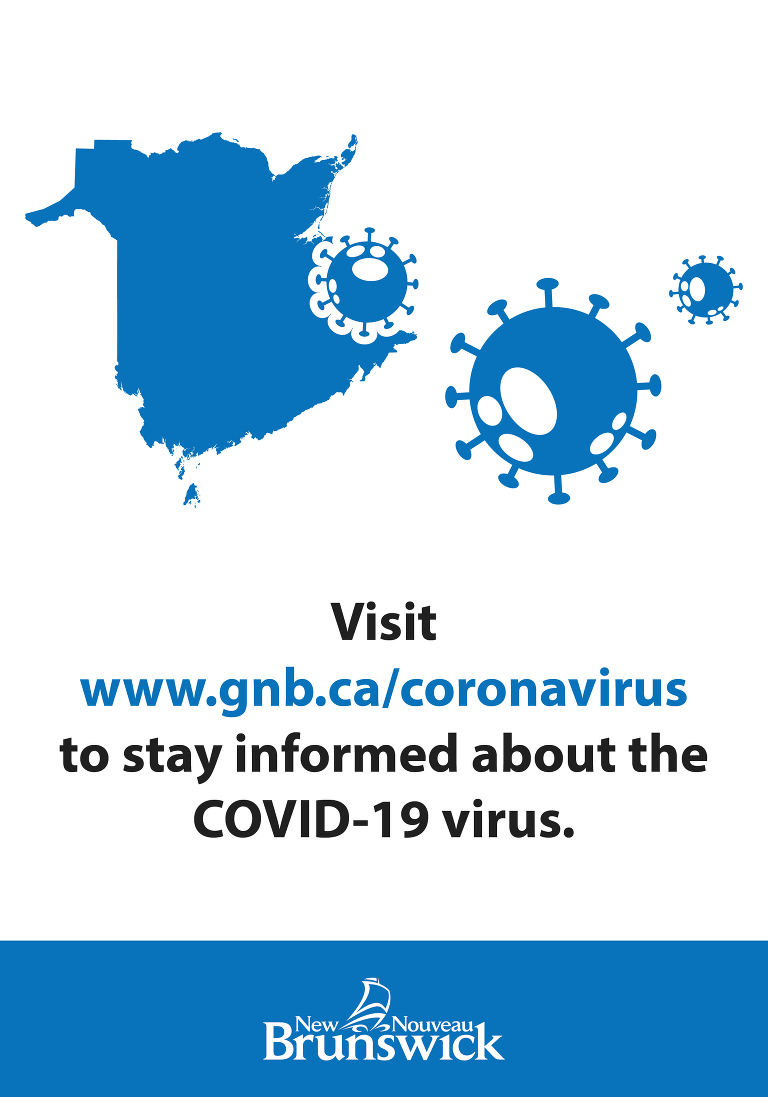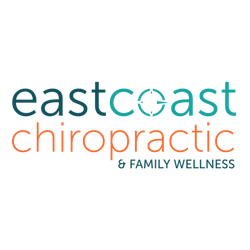It’s been 60 years since Susan Olivia Poole first patented and produced a children’s toy that has stood the test of time.
The question is…are Jolly Jumpers really safe?
Based on a traditional swaddling technique, the Jolly Jumper is now promoted as a ‘baby exerciser’, and is distributed by some of the biggest box stores and brands in the world, from Amazon to Walmart.
This device has been a godsend for thousands of moms and dads who just need a little ‘hands free’ time so they can get things done around the house.
I’m sure putting your baby in a jolly jumper or an exersaucer sometimes is the only thing that will buy you a few minutes of hands-free peace.
And we all know that exercise is good for everyone, even babies, right?
While the Jolly Jumper may provide hours of ‘bouncing around and giggling to no end’, when it comes to the healthy development of a child’s nervous system and skeleton, you may be surprised to hear that it can actually present some significant issues.
“…you may be surprised to hear that it can actually
present some significant issues.”
NEUROLOGY
The order in which an infant progresses through motor skills is very important. Each skill serves as a precursor for the next, progressing from rolling to sitting to crawling to standing to walking.
This is the typical pattern infants undergo when progressing through locomotive development. This developmental process is more than just developing the muscle and joint strength to handle standing and walking.
A child will reach each new phase of development as their neurological development allows. However, by putting your non-walking child in a Jolly Jumper or exersaucer, you are effectively encouraging them to skip developmental steps.
“…by putting your non-walking child in a Jolly Jumper or exersaucer, you are effectively encouraging them to skip developmental steps.”
Development of balance and trunk control is fundamental to the process of learning to crawl, stand and walk. Placing a child in an upright apparatus that isolates and controls these variables takes away an opportunity for them to develop these skills naturally. Additionally, the use of a baby walker or exersaucer has been found in some studies to delay independent walking.
Try out these 3 Neurodevelopmental Exercises instead:
SPINE
You may be surprised to hear that in the womb and early phases of life, our spines look more like a cat’s than an adult humans (you know, minus a tail). While adult spines have more of an ‘S’ shape, infant spines only have one curve, making them more like a ‘C’. The cervical (neck) curve develops in the first 3 months of life, as the baby starts to lift its head and gain head control. The lumbar (low back) curve develops at around 6-8 months when baby starts to crawl and sit independently. These curves will continue to develop until the child has finished growing. While there is clear evidence that bouncing and jumping is a great form of play in later childhood, in the developing spine of a baby, the forces involved may create structural distortions within the spine and create problems in the future.
“…in the developing spine of a baby, the forces involved may create structural distortions within the spine and create problems in the future.”
PELVIS
Developmental Dysplasia of the Hip (DDH) is a destructive condition of the hip that commonly affects infants and children, and is caused by abnormal stresses on the hip joints and pelvis.
The International Hip Dysplasia Institute says the following about baby carriers, toys and other equipment:
“The most unhealthy position for the hips during infancy is when the legs are held in extension with the hips and knees straight and the legs brought together, which is the opposite of the fetal position. The risk to the hips is greater when this unhealthy position is maintained for a long time. Healthy hip positioning avoids positions that may cause or contribute to development of hip dysplasia or dislocation. The healthiest position for the hips is for the hips to fall or spread (naturally) apart to the side, with the thighs supported and the hips and knees bent. This position has been called the jockey position, straddle position, frog position, spread-squat position or human position”
The positioning of the sling in the case of the Jolly Jumper does not support the thigh and hip at all – in fact it recreates the exact position that can contribute to the development of DDH.
I know what you’re probably thinking… “Now what am I supposed to do when I need my hands free?”
Something we recommend to all of our Practice Members who have just had babies is baby wearing. Some carriers are better than others so please read this article to learn everything you’ll need to know about baby carriers.
Wearing your baby allows you to have free hands, it acts as physical activity for you in the postpartum period because of the added weight, it encourages mother-baby bonding, and very importantly, helps stimulate your babies brain and vestibular system WITHOUT forcing them into a weight bearing position.
” Something we recommend to all of our Practice Members who have just had babies is baby wearing “
INSERT CHIROPRACTIC HERE
A child with signs of stress in their nervous system, or structural distortion in their spine may present with irritability, difficulty sleeping, difficulty breastfeeding, flat head, head tilt, inability to turn head one way, or even colic, just to name a few.
Properly applied Chiropractic care is equally important for children as it is for adults – after all, both have a spine and nervous system, and both need them to function at their best in order to learn, thrive, and develop to their potential.
If your child has never had a full and comprehensive spinal examination, click below to request your complimentary paediatric consultation with one of our Doctors.
Dr. Marie
East Coast Chiropractic | 520 Brookside Dr. Unit D-1, Fredericton, NB | 506.454.2004
We share awesome things on Facebook and Instagram!
I’m Dr. Marie and I love helping moms and moms-to-be who think differently. My passion for chiropractic, exercise, food, and motherhood are what drive me to wake up everyday, to live life to the fullest, and to help others do the same. I grew up in suburban Toronto but always envisioned ending up somewhere quite different. My visions of the perfect place to live became a reality here in Fredericton. Before moving here I did my undergraduate degree at Western University in London, Ontario and then earned by Doctor of Chiropractic degree in Toronto. While studying for my dream job I also found my dream husband. Along with our newest addition, Zoey, we help families reach more of their health potential.
I’m Dr. Graham and I love being a dad. My daughter Zoey is my inspiration to be as healthy as I can be and to help as many families as I can do the same. I grew up in Fredericton, did my undergraduate education at UNB and then moved to Toronto to complete my 4-year Doctorate in Chiropractic at the Canadian Memorial Chiropractic College. It was there that I met my wife Marie. I managed to convince Marie to move back east with me to start our practice and our family. We opened East Coast Chiropractic with a big vision and have been helping lots of families live happier, healthier lives ever since.
Like us on Facebook if you want to join our community of health conscious families.
.png)
.png)
.png)



















